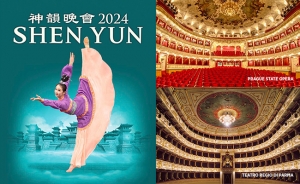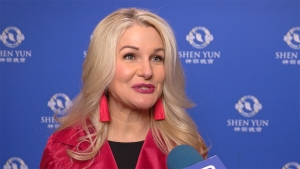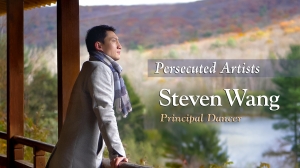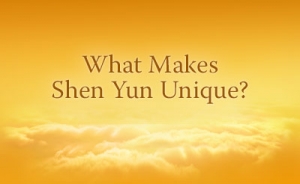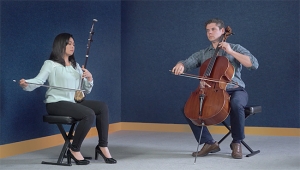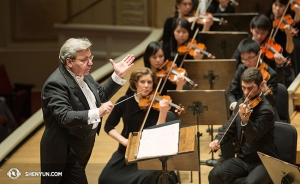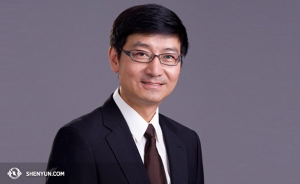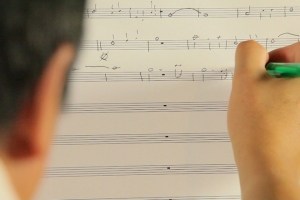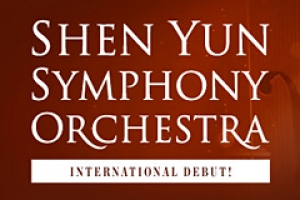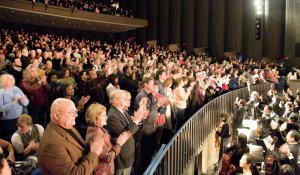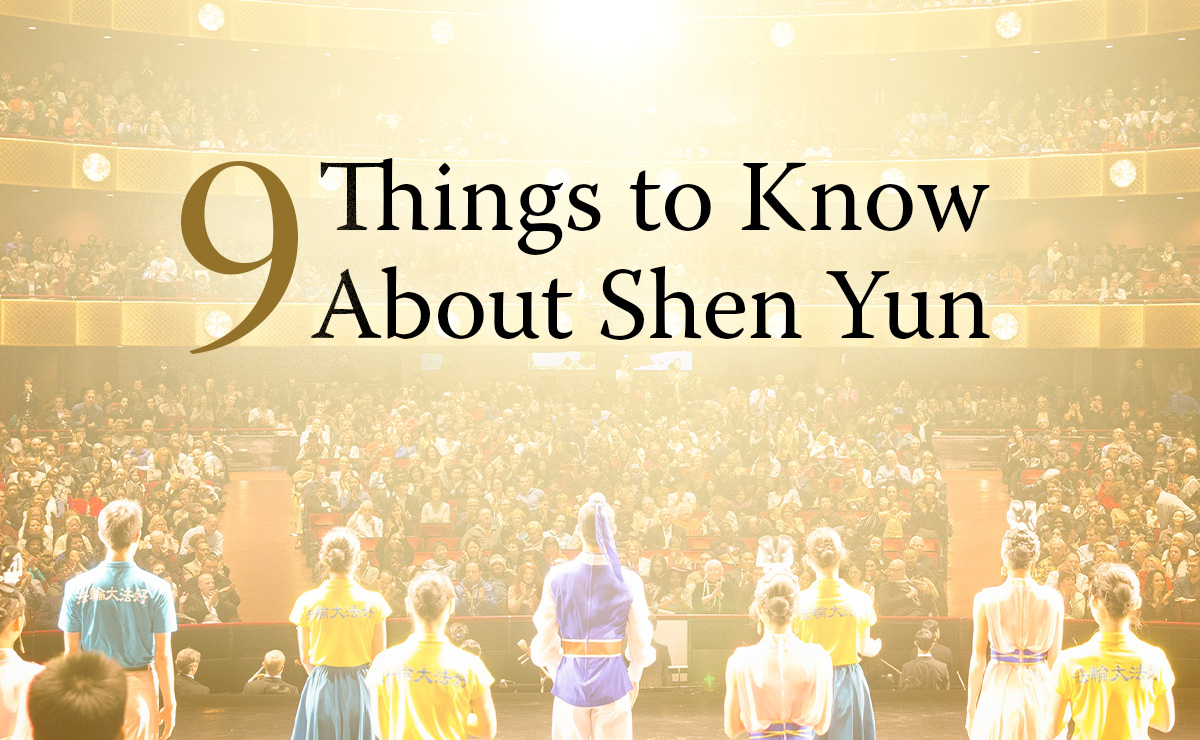
To See or Not to See: 9 Things to Know About Shen Yun
Perhaps you’ve seen the ads, or you’ve heard a tale or two, but you’re still not sure if this is the show for you. So, here are some basic facts most people don’t know about Shen Yun.
1. The Format
A Shen Yun performance features about 17-18 short dance pieces, each anywhere from 3-7 minutes long. The show is like a two-hour collection of colorful vignettes.
Dance pieces range from ancient myths and legends to historic heroes to stories of courage in the face of adversity from China today. Dance forms may be classical, folk, or ethnic, and the costumes come from different dynasties, regions, and other traditions.
A live orchestra accompanies with all-original music, and masters of ceremony take the stage before each piece to keep you in the loop. Vocal and instrumental soloists appear as well, while Shen Yun’s stagecraft boasts a brilliant animated backdrop, not without a few surprises of its own.
2. Is It Chinese Ballet?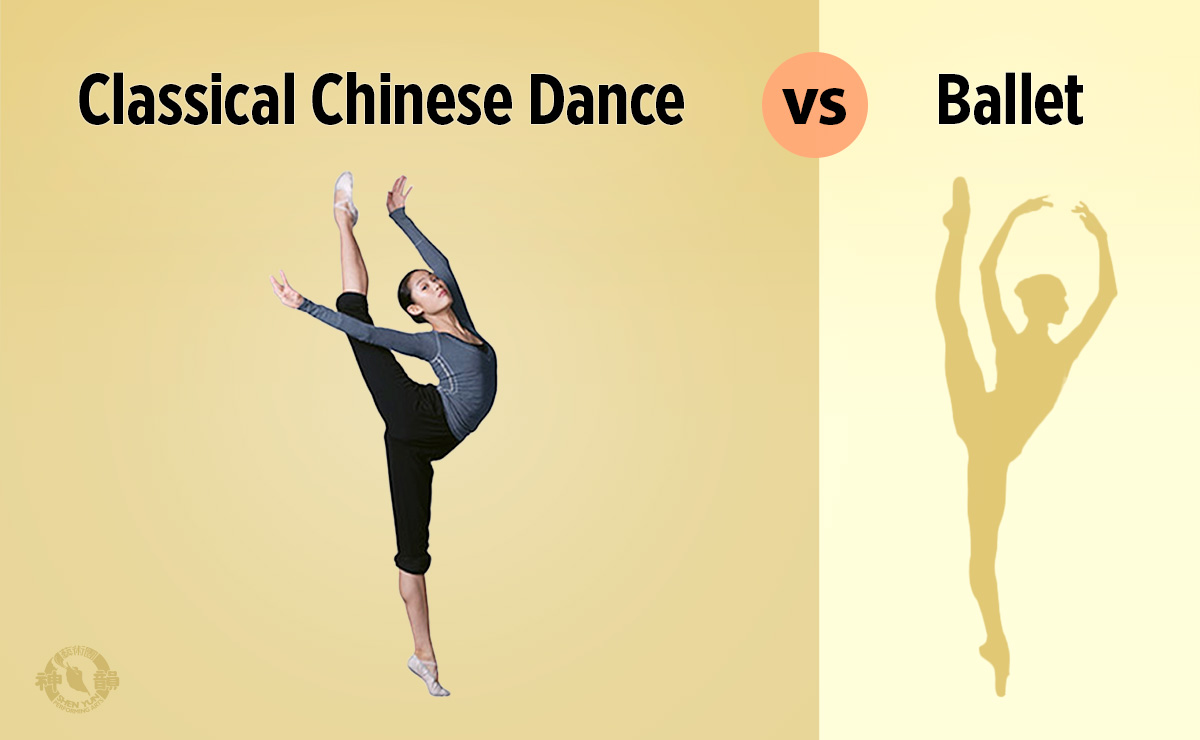
Shen Yun mainly performs classical Chinese dance. This is very different from ballet or any modern form of dance.
The origins of classical Chinese dance are rooted in traditional Chinese culture. It’s a dance form as ancient as Chinese civilization itself, and one that embodies traditional ideals, aesthetics, and virtues. This makes its movements richly expressive, allowing personalities and feelings to be portrayed with unprecedented clarity.
No other company has successfully brought this kind of pure classical Chinese dance to stages around the globe!
Separately, in every performance Shen Yun also includes a few pieces in Chinese ethnic and folk dance styles.
3. The Pit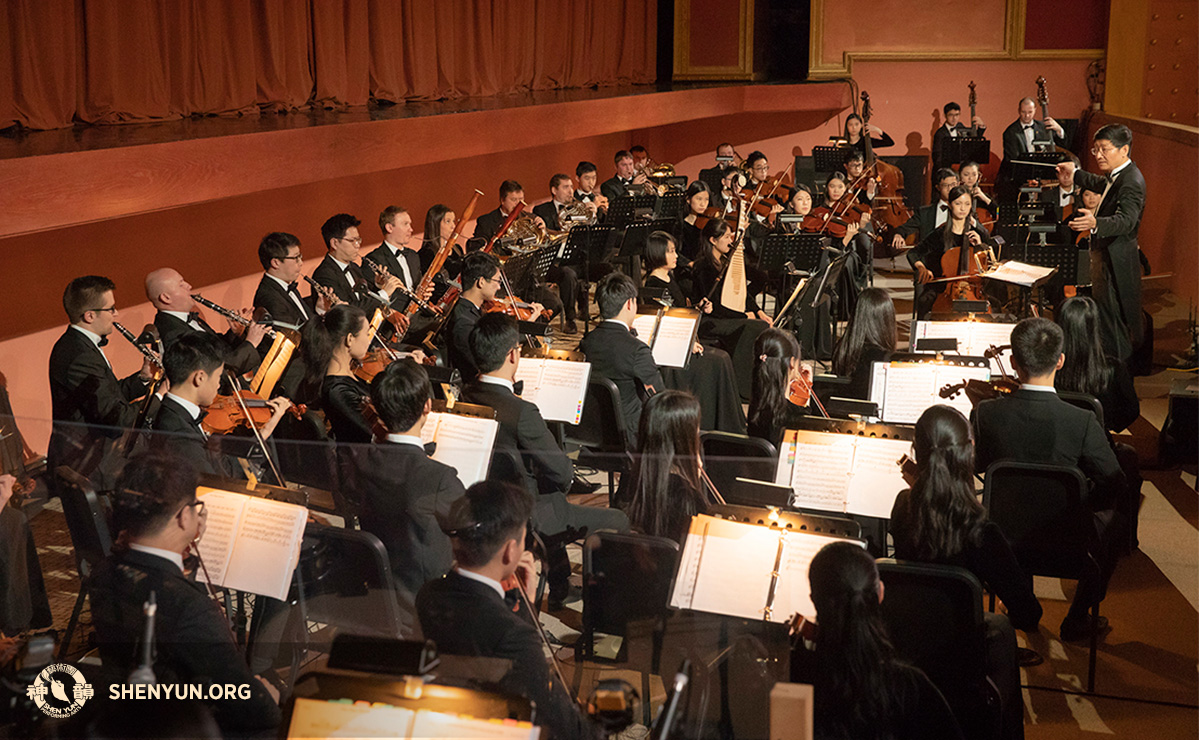
Every Shen Yun performance is accompanied by a one-of-a-kind orchestra that combines both classical Western and Chinese instruments. Violins and cellos play alongside the two-stringed Chinese erhu; the delicately plucked pipa is nestled just in front of the woodwinds; and a range of Chinese percussive instruments may be found next to their Western counterparts.
This is the first orchestra in the world to include traditional Chinese instruments as its permanent members. Many have tried and failed, but Shen Yun successfully blends two distinct musical traditions into one harmonious sound.
The music has been so successful that most years the Shen Yun Symphony Orchestra performs just the music at Carnegie Hall and other top venues as part of a separate tour.
4. I’m not Chinese!
Not born and raised in Asia? Luckily, dance is a universal language. To assist with background, especially when it comes to the dance stories, Shen Yun’s emcees are deployed before each piece to introduce what you’re about to see.
The performance also usually includes a singer or two, famous for performing traditional bel canto style in Chinese. The lyrics are translated into English (or Swedish or Spanish or Japanese, wherever you are) and projected onto the backdrop, as well as provided in the printed programs.
Most importantly, though, dance and music are languages that transcend cultural and linguistic boundaries. Shen Yun’s hallmark themes of compassion, courage, and hope are likewise universal.
So if you enjoy brilliant costumes, dance, music, and inspiring legends, you’ll enjoy Shen Yun—even if you’re not Chinese, don’t speak Chinese, and never had Chinese food.
5. Based in NY, Banned in China
Shen Yun displays real traditional Chinese culture before the world’s eyes, but ironically, the performance is banned in China itself.
Shen Yun was founded in New York by elite artists from around the world, some of whom escaped brutal persecution in China. They formed Shen Yun with the mission of reviving traditional Chinese culture and sharing it with the world—this is the same culture that the Chinese Communist Party (CCP) has spent decades trying to destroy. In fact, there is no other company or performance in China like Shen Yun.
It’s perhaps not surprising then that the CCP sees Shen Yun as a threat and doesn’t allow Shen Yun to perform there. But not satisfied with just banning Shen Yun in China, the regime there is constantly trying to badmouth Shen Yun and pressuring theaters around the world to cancel Shen Yun shows around the world.
So, if the theater in your city is hosting Shen Yun, odds are that’s a theater that ignored Beijing’s pressure in the name of artistic freedom.
6. Dance Vs. Gymnastics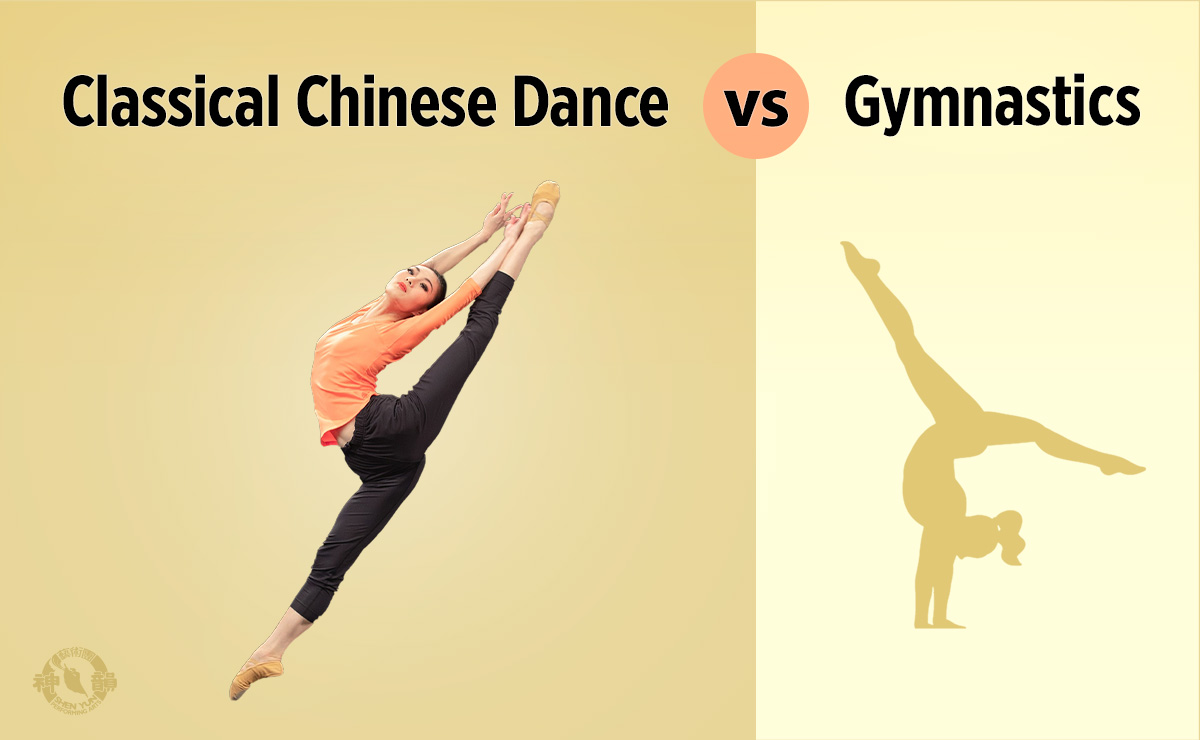
Watching the dancers fly and flip across the stage, you might naturally assume our dancers are gymnasts or acrobats. In fact, it’s more like the other way around—acrobatics drew inspiration from classical Chinese dance.
Chinese dancers had been flipping and tumbling for thousands of years. Last century, Chinese performers took these high-level flips from classical Chinese dance and performed them at international gymnastics competitions, introducing them to the world.
Today, not only gymnastics and acrobatics, but also ballet, modern dance, cheerleading and many other art forms have adopted these moves from classical Chinese dance. And it’s understandable—when done well, these aerial and tumbling techniques are truly breathtaking.
7. Bring the Little Ones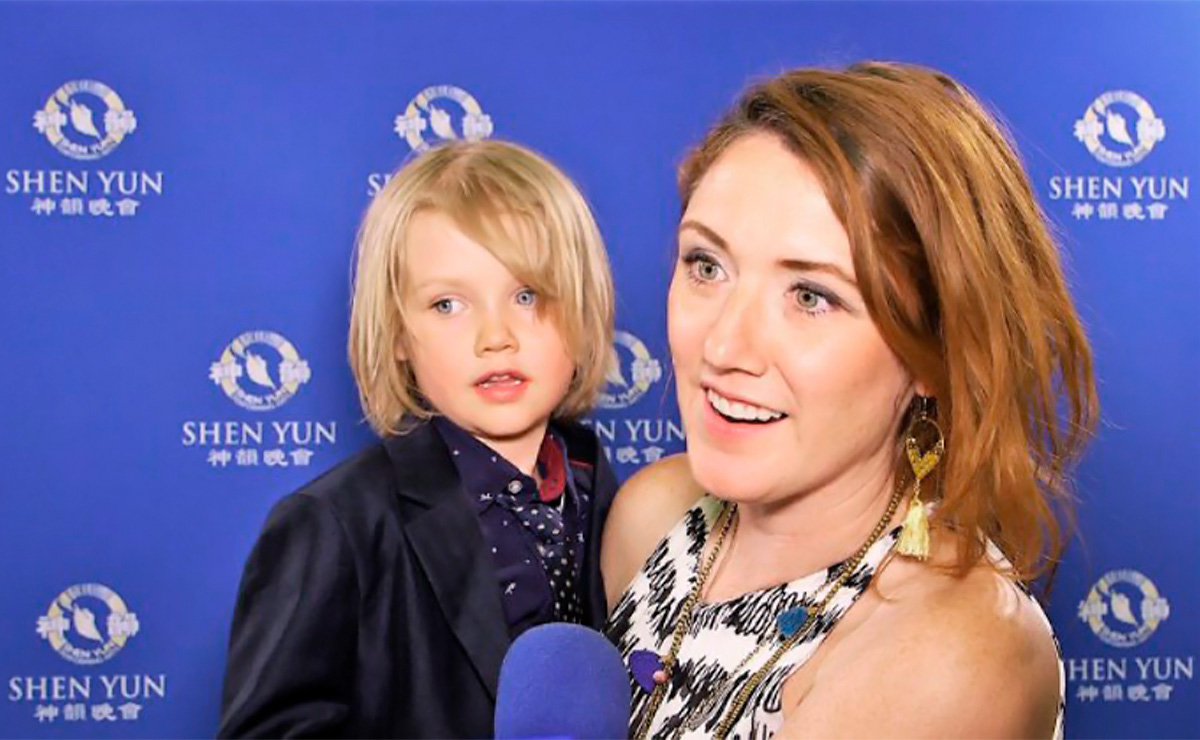
Families are always welcome, and each year children enjoy classics like the Monkey King. Still, please do think of your fellow patrons and consider whether your child can sit through the entire performance without disturbing them.
Most theaters will not permit entry to children under four, and many others require that a child be at least five or six years old to attend. You can find this information by selecting your city, and then looking on the right-hand side, under “Show Info.”
For those old enough to enjoy it, Shen Yun really can be a memorable experience for the whole family.
8. New Year, New Us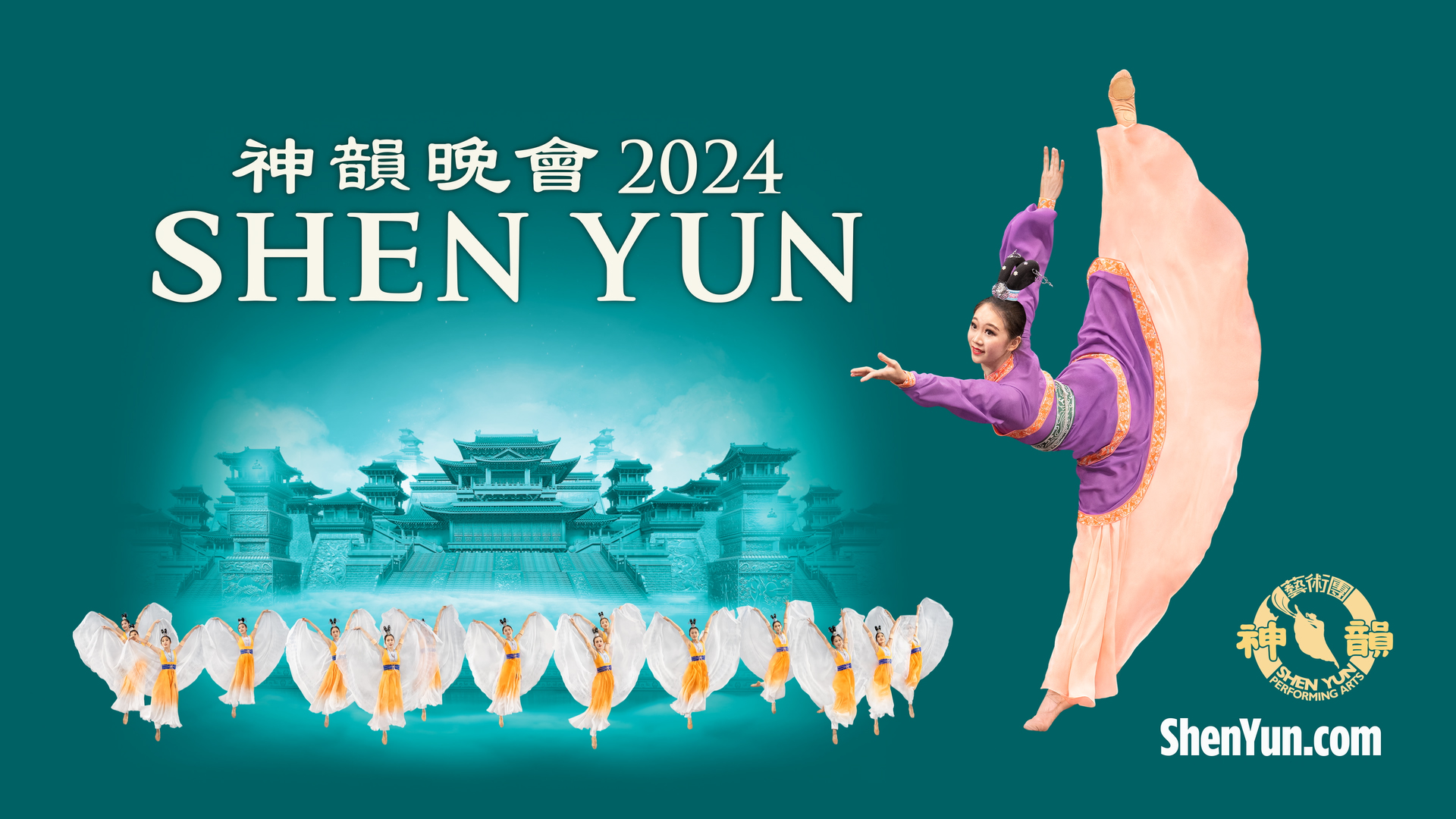
Every year, Shen Yun’s performance is brand new—new choreography, music, songs, costumes, backdrops, and stories, while the format stays the same. It’s like a limited-edition show, every year.
9. Best Time To Go?
Shen Yun hits the road every year around Christmas and performs until mid-May. If you’re in a major city, you’ll find there are weekend shows and weekday shows, night shows and matinees, and sometimes shows in between (we’re looking at you 4:00pm Paris). In many cities, though, Shen Yun just pops in for one or two days before hurrying on to the next one.
You can find cities and schedule here.


